Huito
Huito is a plant that belongs to the genus Genipa. It commonly grows in the rainforests of South America, southern Mexico and the Caribbean Islands. The Incans referred to the plant as wituq or hawa. Huito is known for its uses in medicinal and other fields.
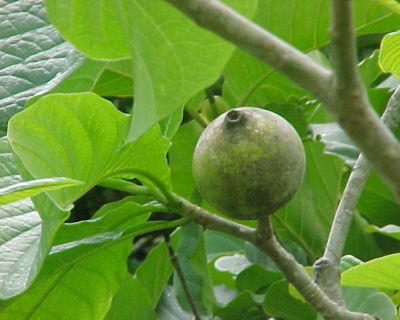
Huito
Table Of Content
Huito Scientific Name
The scientific name for this species of fruit growing trees is “Genipa americana”.
Huito Description
Height: These trees normally grow up to a height ranging between 10 meters and 33 meters.
Crown: The trees have a dense crown. The branches and foliage spread generously around these trees. The lower branches of the trees grow mostly in a horizontal way.
Trunk: The diameter of the trunk is approximately 15 to 30 inches.
Bark: The bark of the tree is thick and smooth.
Leaves: The leaves are deciduous, lanceolate to oblong, oppositely located and have short petioles. They are plenty in number and mostly concentrated at the apex of the branches. The leaves are around 4 to 13 inches in length and 1 ½ to 5 ¼ inches in width. They have a whitish prominent midrib and an overall glossy dark green coloration. The leaves can occasionally have tooth-like edges.
Flowers: The flowers bloom from May to September. The flowers are red, yellow or white colored and have a tubular shape. The diameter of each of the flowers is around 4 centimeters. Each of the flowers has five petals. They grow in terminal clusters near the base of the leaves. The flowers are pollinated by bees.
Fruits: The fruits develop between September and April and take about a year’s time to mature. The fruits are globose, ovoid shaped berries having a length of around 9 to 15 centimeters and width of around 7 to 9 centimeters. The fruits weigh anywhere between 150 grams to 400 grams. The fruits have a hollow tube-like structure at the apex and are tapering near the stem end. The fruits have a thin, leathery, yellowish-brown skin covering a pulp around 1 to 2 centimeters thick. The pulp is soft and rubbery, yellowish-brown in color and has a musky odor. The juice of the pulp is known as ‘Genepine’ which is an important coloring ingredient. The central cavity holds around 300 seeds which are enclosed in mucilaginous membranes. The seeds are circular, flat and have a yellowish-brown coloration. They have a length of around 1 centimeter to 1.25 centimeters and are arranged in rows. The fruits have an acidic to sub-acidic flavor and are edible only when they are overripe.
Huito Varieties
There are several known varieties and forms of these plants described by different botanists. Some of them have been mentioned below.
- Genipa americana var. americana
- Genipa americana var. riobranquensis
- Genipa americana var. caruto
- Genipa americana f. jorgensenii
- Genipa americana f. grandifolia
- Genipa americana f. parvifolia
Huito Habitat and Distribution
These trees are native to the rainforest zones of northern South America, the Caribbean Islands and southern Mexico.
How to grow Huito
Soil: These trees grow well in rich, loamy, alluvial soil.
Fertilizers: The fallen leaves of the Huito trees play an important function in improving the fertility of the soil on which it is grown.
Elevation: It is best to grow these trees at an elevation lower than 3300 feet.
Atmospheric Conditions: Ideal conditions for growing Huito includes hot and humid atmosphere.
Culture: The Huito seeds germinate in around 25 to 30 days. The seedlings reach the length of around 12 centimeters within 3 to 4 months. They are transplanted when they reach a height of 20 centimeters roughly at an age of 6 to 12 months. These trees do not require high maintenance and can easily grow in unfriendly conditions. The trees tend to grow pretty quickly even when the fields are heavily flooded.
Spacing: To aid fruit production, the trees should have a space of around 10 meters to 15 meters between them. If reforestation is intended, the trees should be spaced 1.5 meters to 3 meters apart.
Propagation: The Huito trees can be propagated manually through germinated seeds. They are best propagated through shield-budding by using well developed, non-petioled scions. Natural propagation can also help in the generous dispersion of these trees.
Harvesting Huito
The fruits reach their maturity around the months from September to April when they can be hand plucked. However, fruits of the previous year can actually be collected at any time of the year depending on the taste desired. In Brazil, the fruits are marketed during the months of February and March.
Huito Health Benefits
The various health benefits of the Huito plants are described below:
- The extracts of the Huito plants are used to treat many ailments like colds, sore throats, chest infections, asthma and many other respiratory problems.
- The extracts from these plants are used as a protecting tool from sunburn.
- The bark decoction and the crushed fruits are applied to cure pharyngitis and venereal sores.
- Decoction obtained from the roots is used as a strong purgatory agent.
- The white colored sap obtained from the dissected bark is diluted and applied as eyewash. It is also claimed that the diluted sap can alleviate corneal opacities.
- The juices extracted from the leaves are used as febrifuge in Central America.
- The pulverized seeds are used for their caustic and emetic properties.
- The decoction from flowers is drunk as a febrifuge and tonic.
Huito Nutritional Facts
The nutritional facts for per 100 grams of Huito are given below:
| Constituents | Amount by weight |
| Proteins | 5.2 g |
| Glycerides | 25.7 g |
| Lipids | 0.3 g |
| Ash | 1.2 g |
| Fiber | 9.4 g |
| Calcium | 40.0 mg |
| Iron | 3.6 mg |
| Phosphorus | 58.0 mg |
| Vitamin B2 | 0.04 mg |
| Vitamin B | 0.04 mg |
| Niacin | 0.50 mg |
| Carbohydrates | 11.21% |
| Sugar | 4.30% |
| Amino Acids | |
|
57 mg |
|
178 mg |
|
219 mg |
|
316 mg |
| Ascorbic Acid | 33.0 mg |
| Malic Acid | 0.63% |
| Moisture | 67.6 g |
| Calories | 113 |
Huito Uses
Medicinal Uses
The Huito plants have the following medicinal uses:
- These plants have antiseptic, bactericidal, antibiotic, diuretic and fungicidal properties.
- The tree sap of these plants is beneficial to the eyes.
- Extracts from the Huito plants are helpful in reducing fever.
- The various parts of these plants are used in remedying different types of health conditions such as sunburns, respiratory problems and sores.
- They are used to cure ailments resulting from candiru attacks.
- The fruits are used to make tea which is drunk to heal bronchitis.
Edible Uses
The fruits can be eaten raw or maybe processed for producing jams, desserts, syrups, lemonades, cold drinks, non alcoholic beverages, sherbets, liqueurs and wines. The fruits are also used in the preparation of ice creams.
Other Uses
Some of the other uses of these plants are:
- The fruits are an important natural source of dye that is used for body painting as well as to decorate clothes and fabrics.
- The trees are a valuable source of firewood and timber.
- The bark is used to treat leather as it is rich in tannin. The bark is also used to manufacture cords.
- The leaves are consumed by cattle as fodder.
- The ripe fruits are sometimes used as fish bait.
- Huito is also used to prepare shampoos and hair dyes.
Huito Interesting Facts
Here are some interesting facts about the Huito trees.
- The juices of Huito fruits have a clear coloration. However, on coming in contact with human skin it undergoes chemical reaction and turns into a dark blue shade.
- The alternate name for Huito is Jagua. However, the name Jagua can also be used to indicate other species of the genus Genipa.
- In big gardens, these tall trees serve as excellent climbing trees to get to other neighboring trees.
- These fruits are often carried by Guatemalan Indians in their hands. They believe that this will protect them from harmful diseases and misfortunes.
- According to some folklore, these plants are believed to contain natural glass.
Huito Side Effects
There are no known side effects of these plants. However, Huito contains high levels of tannin. So anyone allergic to tannin or any other components listed in the nutritional table should avoid consuming Huito in any form.
The Huito trees are held in high esteem in the Amazonian rainforest areas and they are a valuable source of food and timber in these parts of the world. They are also quite popular as a gardening tree.
Huito Images
Here are some images of Huito trees displaying their elaborate branching and foliage.
References:
http://www.hort.purdue.edu/newcrop/morton/genipap.html
https://www.fruitsinfo.com/huito-tropical-fruit.php
- by Prasenjit Banerjee
- January 20th 2012

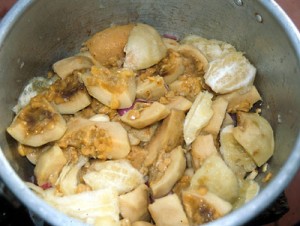
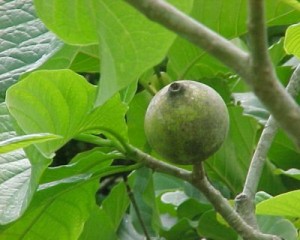
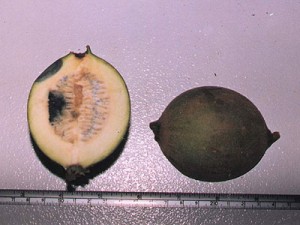
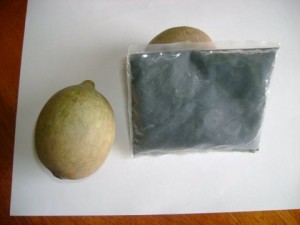
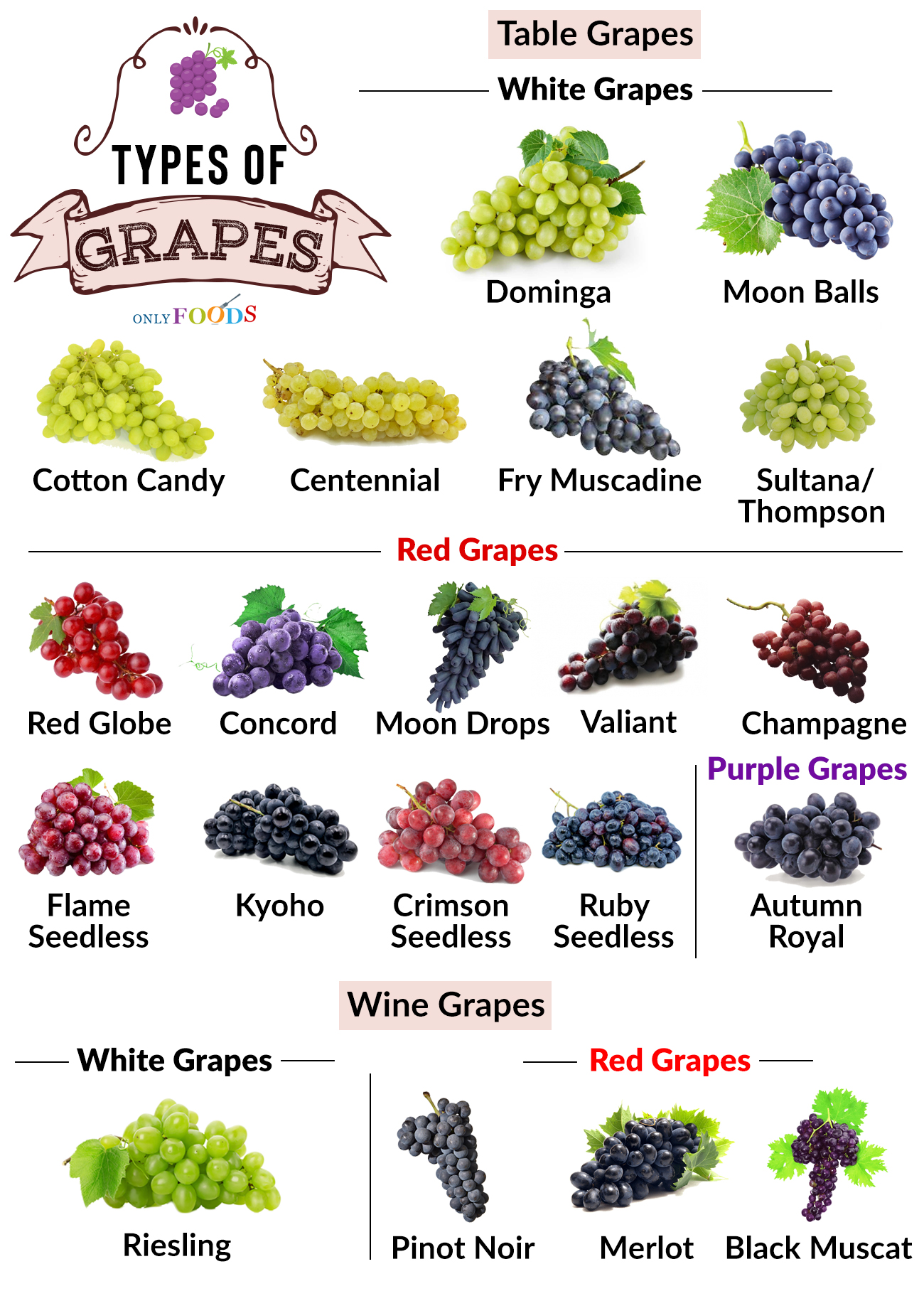
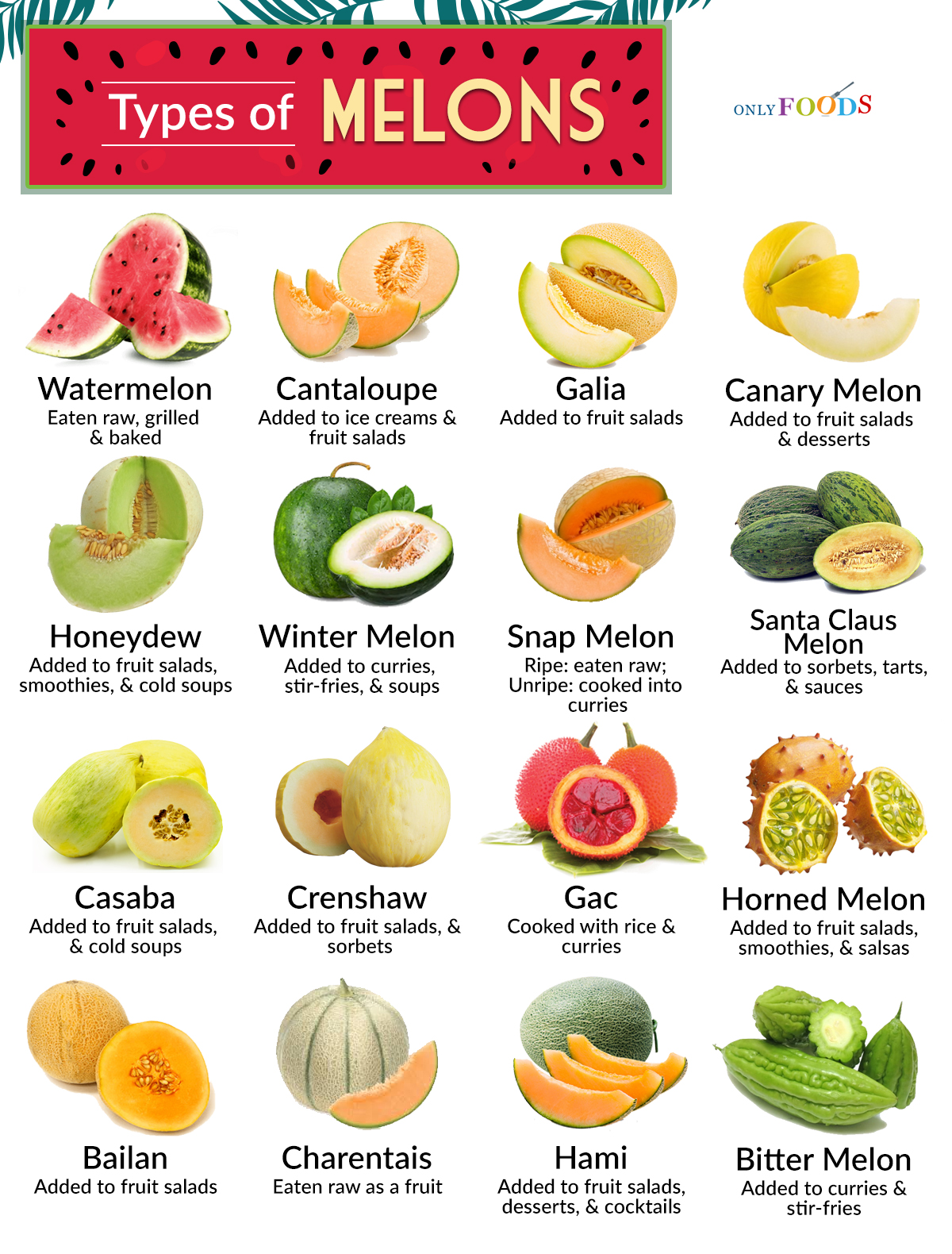
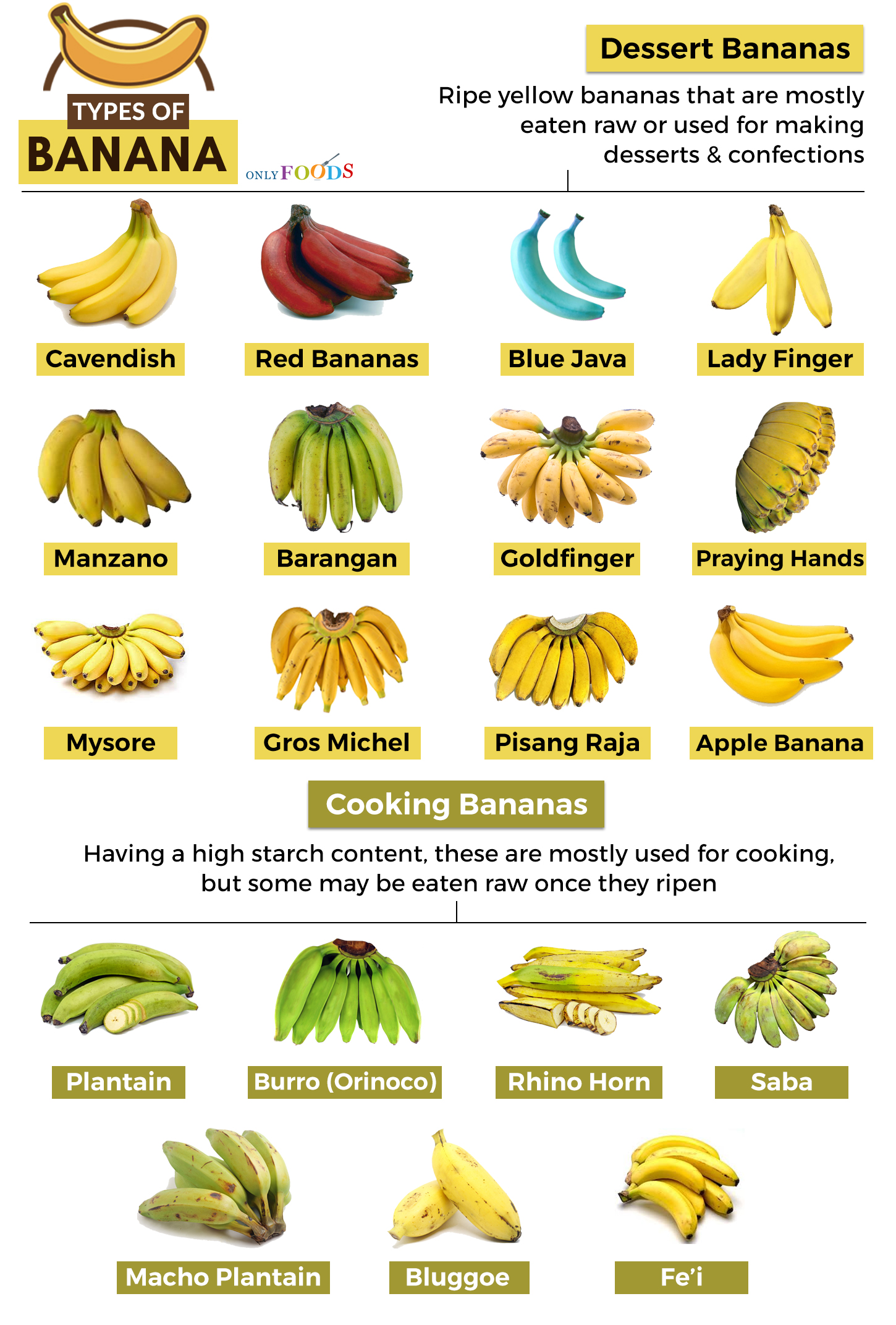
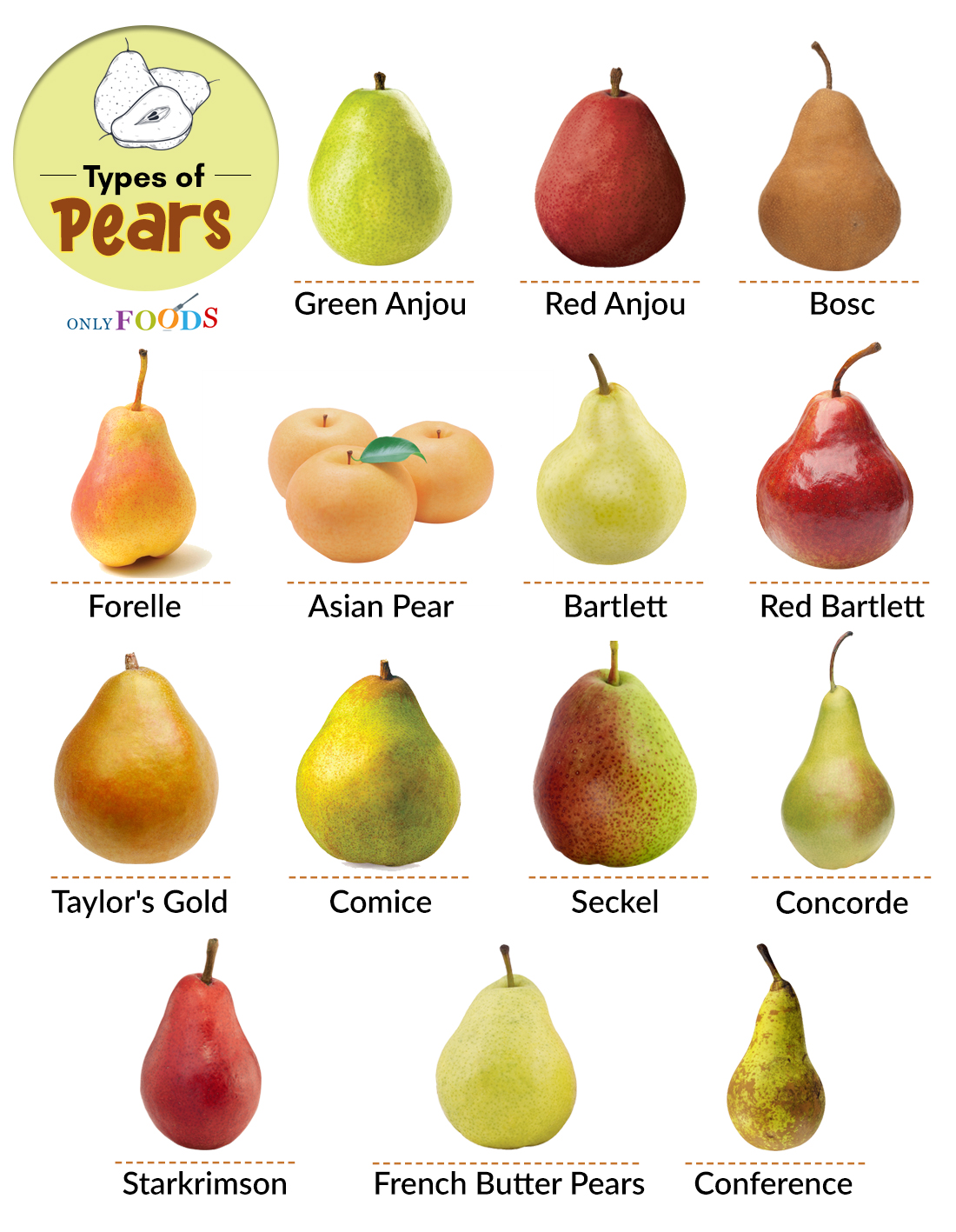















Leave a Reply